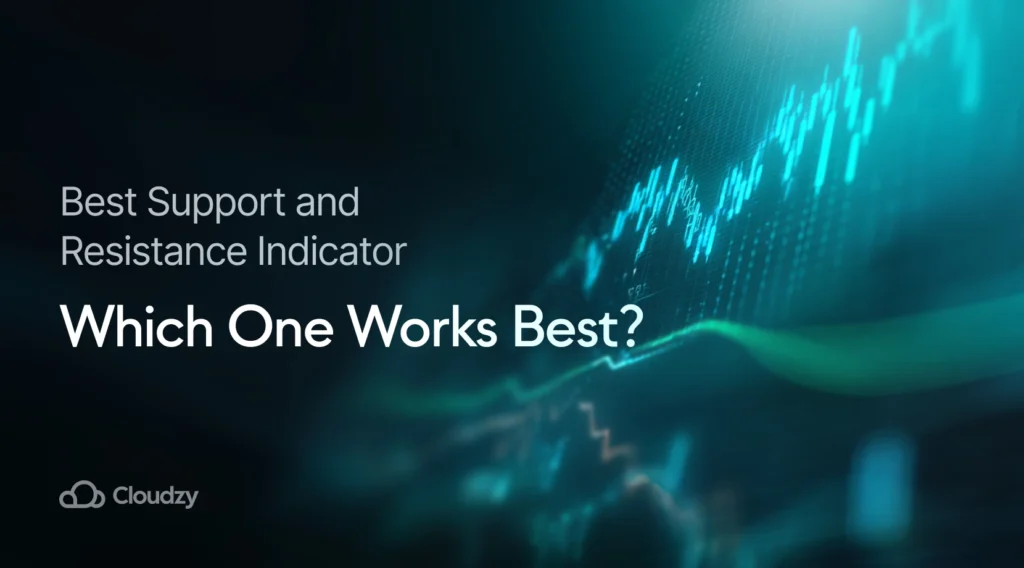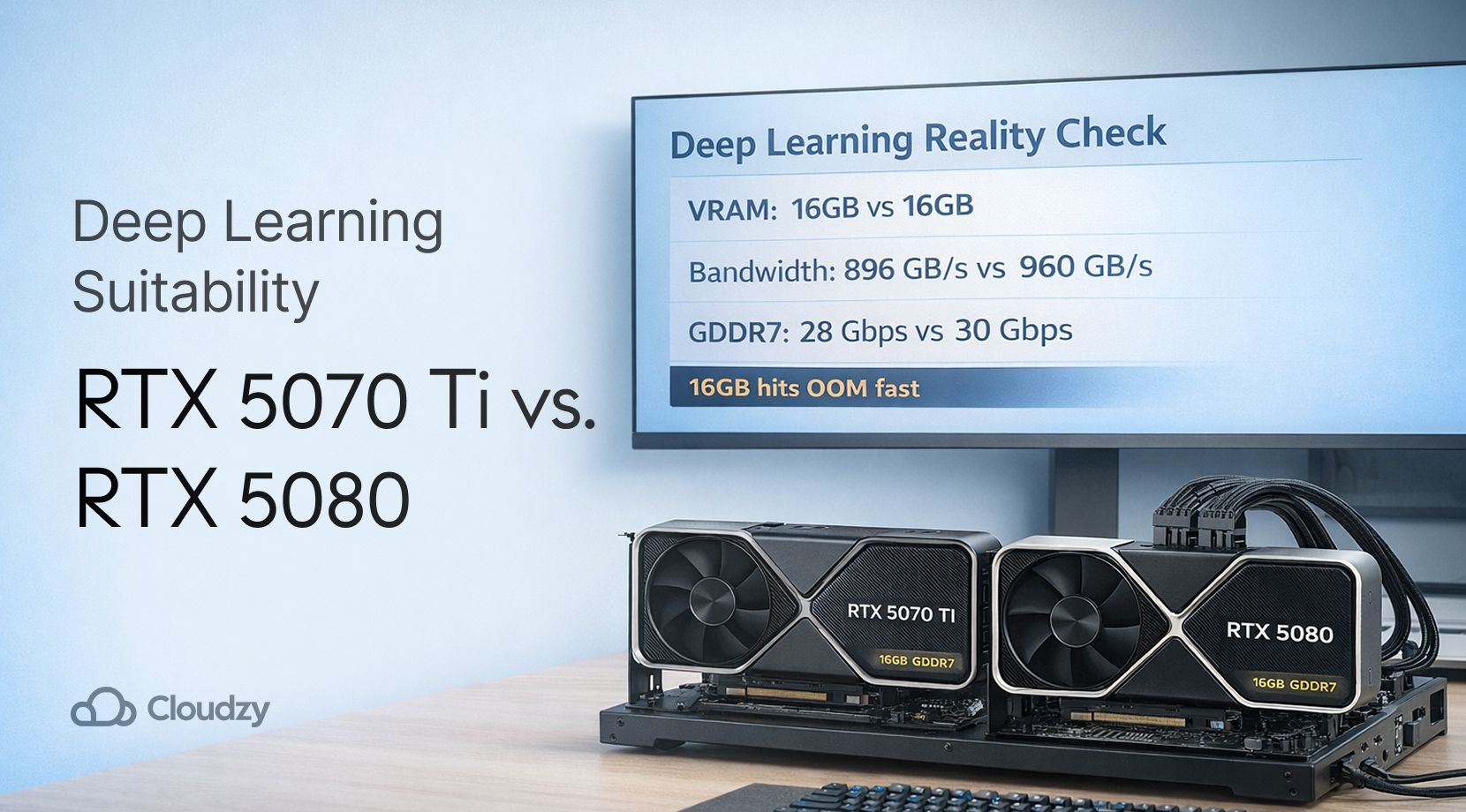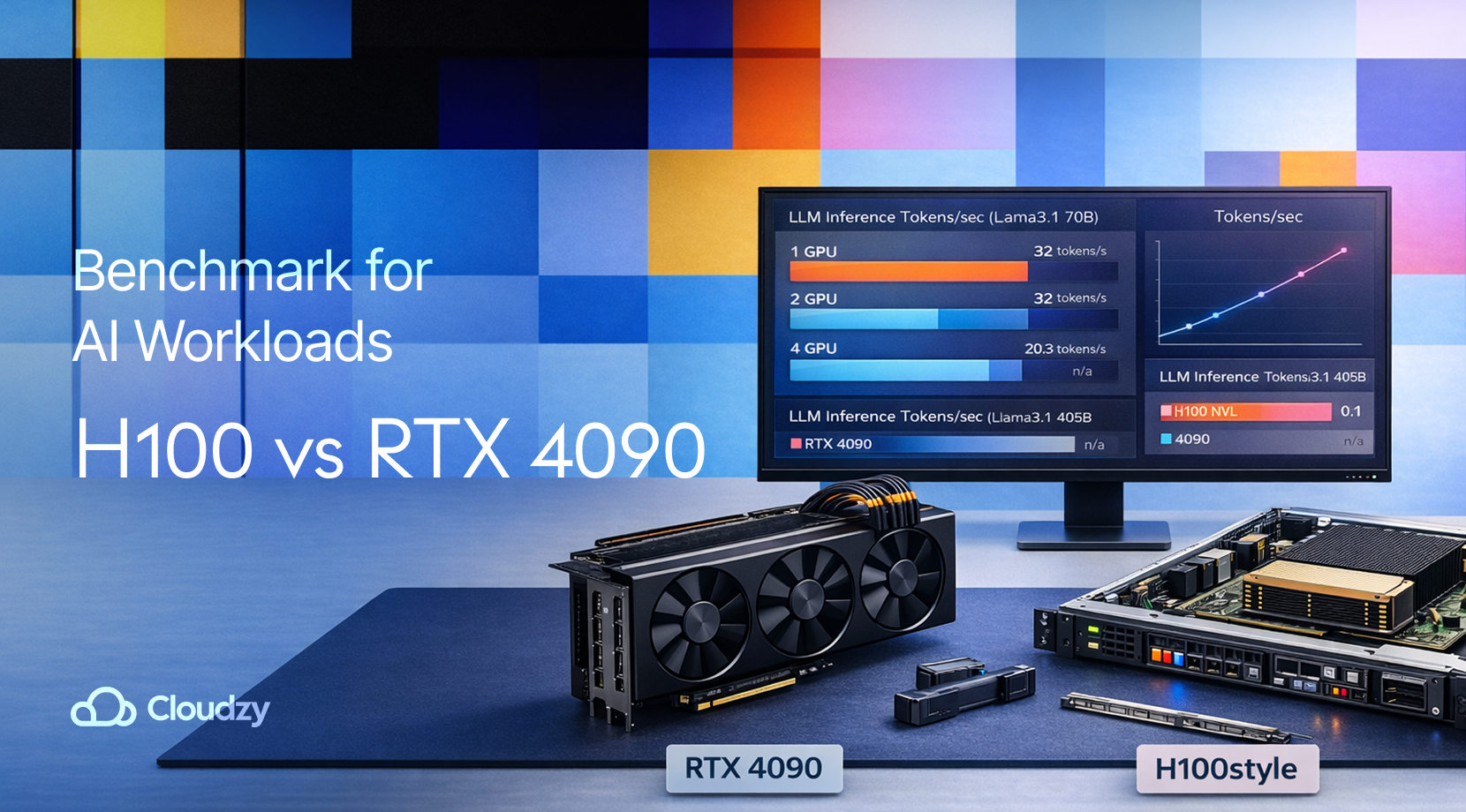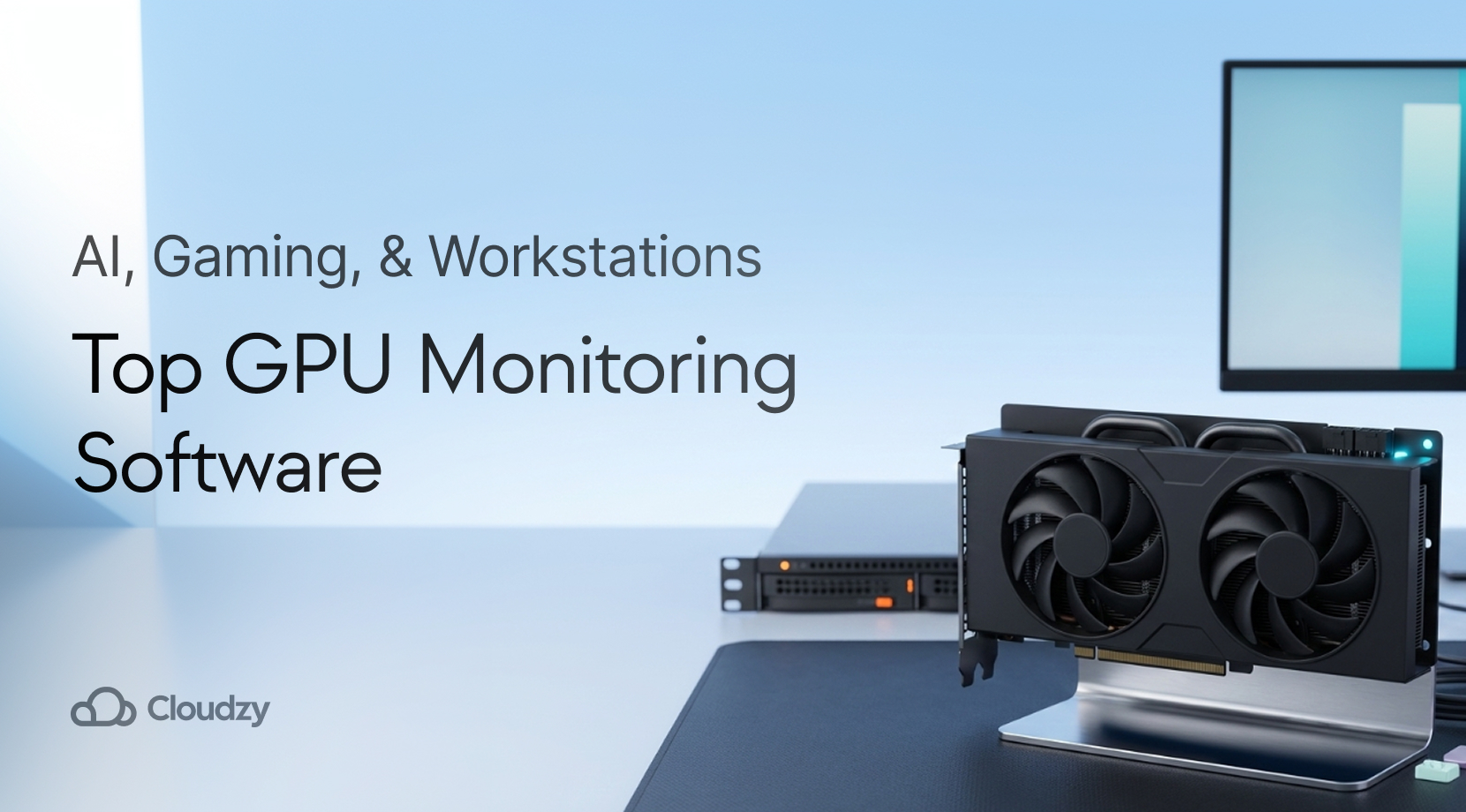Here’s the thing: after watching countless traders blow accounts chasing the “perfect” indicator, I’ve learned there isn’t one magical solution. While no single best support and resistance indicator exists for all market conditions, Pivot Points and Fibonacci retracements consistently deliver results when you know how to use them. Pivot Points crush it for day trading with cold mathematical precision, while Fibonacci levels work like magic during swing trades at those 61.8% and 38.2% sweet spots. Volume Profile reveals where the real buying and selling happened, and Moving Averages create dynamic support and resistance that moves with price action.
TL;DR
- Reality check: No universal “best” indicator – effectiveness depends on your style and market mood
- Day trading winners: Pivot Points (they’re free on every platform, btw)
- Swing trading favorites: Fibonacci retracements during trends
- Volume Profile: Shows where the smart money actually traded
- Combine tools: Single indicators are a no-go. Use multiple confirmations
What Are Support and Resistance Levels in Trading?

Support and resistance exist because traders are terrible at learning from history. Support develops where buying previously worked, so traders pile in expecting it to work again. Resistance forms where selling previously paid off. The levels break when enough traders finally realize the old playbook doesn’t apply anymore.
EUR/USD drops toward 1.0800 and traders start salivating. They remember making money there twice already this month. So they queue up buy orders, creating a wall of demand. The level holds not because of technical magic, but because humans can’t resist playing the same winning hand over and over.
The psychology runs deeper than most beginners realize. At support, demand crushes supply because traders think “Hey, this worked before!” At resistance, sellers flood in because they remember getting burned trying to buy the top. Understanding this crowd behavior helps identify when indicators will actually work versus when they’ll fail spectacularly.
Why Support and Resistance Levels Actually Work
I’ve seen EUR/USD respect 1.0800 support so many times it’s almost boring. The reason? Thousands of traders place buy orders at the same level, creating a self-fulfilling prophecy. It’s not magic – it’s mass psychology playing out in real-time.
Why Identifying Support and Resistance Matters (More Than You Think)

Getting support and resistance right transforms mediocre trading into consistent profits. A trader buying EUR/USD at 1.0800 support with 1.0850 resistance can target 50 pips while risking just 20 pips below 1.0780. That’s a beautiful 2.5:1 reward-to-risk ratio that actually works.
Studies show technical analysis produces positive results 59% of the time, but here’s what they don’t tell you – support and resistance form the backbone of every successful strategy. Failed breakouts at resistance often trigger massive reversals, while clean bounces from support confirm trends are alive and kicking.
The timing becomes surgical when you nail these levels. A false breakout above 1.0850 resistance followed by immediate rejection? That’s a short entry with crystal-clear risk parameters. No guessing, no hoping – just pure price action telling you exactly what to do.
Mastering these concepts creates the foundation for all advanced trading strategies. The best trading indicators become exponentially more effective when combined with solid support and resistance identification skills.
Key Benefits:
- Precise entry and exit points
- Clear risk management levels
- Higher probability trade setups
- Reduced emotional decision-making
Top Support and Resistance Indicators for 2025

Most indicators are worthless in sideways markets but suddenly become useful when volatility spikes. The trick is knowing which ones actually respond to changing conditions versus which ones just look impressive on charts. ATR and Bollinger Bands work during breakouts. RSI works during reversals. Everything else is mostly decoration.
| Indicator | Best For | Reliability | Free/Paid | Best Markets |
| Pivot Points | Scalping | Good | Free | Forex, Indices |
| Fibonacci | Swing Trading | Moderate | Free | Trending markets |
| Volume Profile | Position Trading | High | Mixed | High volume assets |
| Moving Averages | Trend Following | Moderate | Free | All timeframes |
Pivot Points – The Day Trader’s Best Friend
Pivot Points calculate seven specific levels using yesterday’s high, low, and close: PP, R1, R2, R3, S1, S2, S3. The formula is dead simple: Pivot = (High + Low + Close) ÷ 3.
Here’s what blew my mind – 85% of forex traders use MetaTrader platforms where Pivot Points come built-in for free. When EUR/USD touches R1 at 1.0825 after holding PP support at 1.0800, you’ve got a clean 25-pip profit target with mathematical backing.
The best support and resistance indicator for scalping operates within these calculated zones because they work across all broker platforms. No fancy subscriptions needed.
Fibonacci Retracements – When Markets Actually Follow Math
Fibonacci levels at 23.6%, 38.2%, 50%, 61.8%, and 78.6% identify pullback zones during trends. The 61.8% “golden ratio” level has saved my account more times than I can count.
During EUR/USD’s run from 1.0750 to 1.0900, the 61.8% retracement targets 1.0807. Price respects these levels because institutional algorithms and retail traders both monitor identical Fibonacci zones. It’s like the entire market agreed on the same playbook.
Volume Profile – See Where Smart Money Actually Traded
Volume Profile reveals the Point of Control (POC) – the price level with maximum trading activity. This isn’t some theoretical line; it shows where institutions actually put their money.
High-volume nodes indicate price acceptance, while low-volume areas suggest rapid movement. The POC acts like a magnet, constantly pulling price back. When the forex market moves $7.5 trillion daily, these volume signatures matter.
Manual vs Automated Tools (The Honest Truth)

Manual Drawing Wins When:
- Markets go haywire during news events
- You need custom levels for weird price structures
- Experience beats algorithms
TradingView’s drawing tools let you mark levels that automated systems miss. I’ve caught breakouts that Pivot Points completely ignored because I drew resistance at an obvious high that didn’t fit the mathematical formula.
The best support and resistance indicator often requires this human touch during volatile periods when mathematical models break down.
Automated Tools Dominate When:
- You’re trading multiple pairs simultaneously
- Backtesting strategies across hundreds of setups
- Speed matters more than perfection
The honest truth? Futures trading indicators work best when you combine both approaches. Use automated tools for screening, manual analysis for execution.
Combining Indicators (This Actually Works)
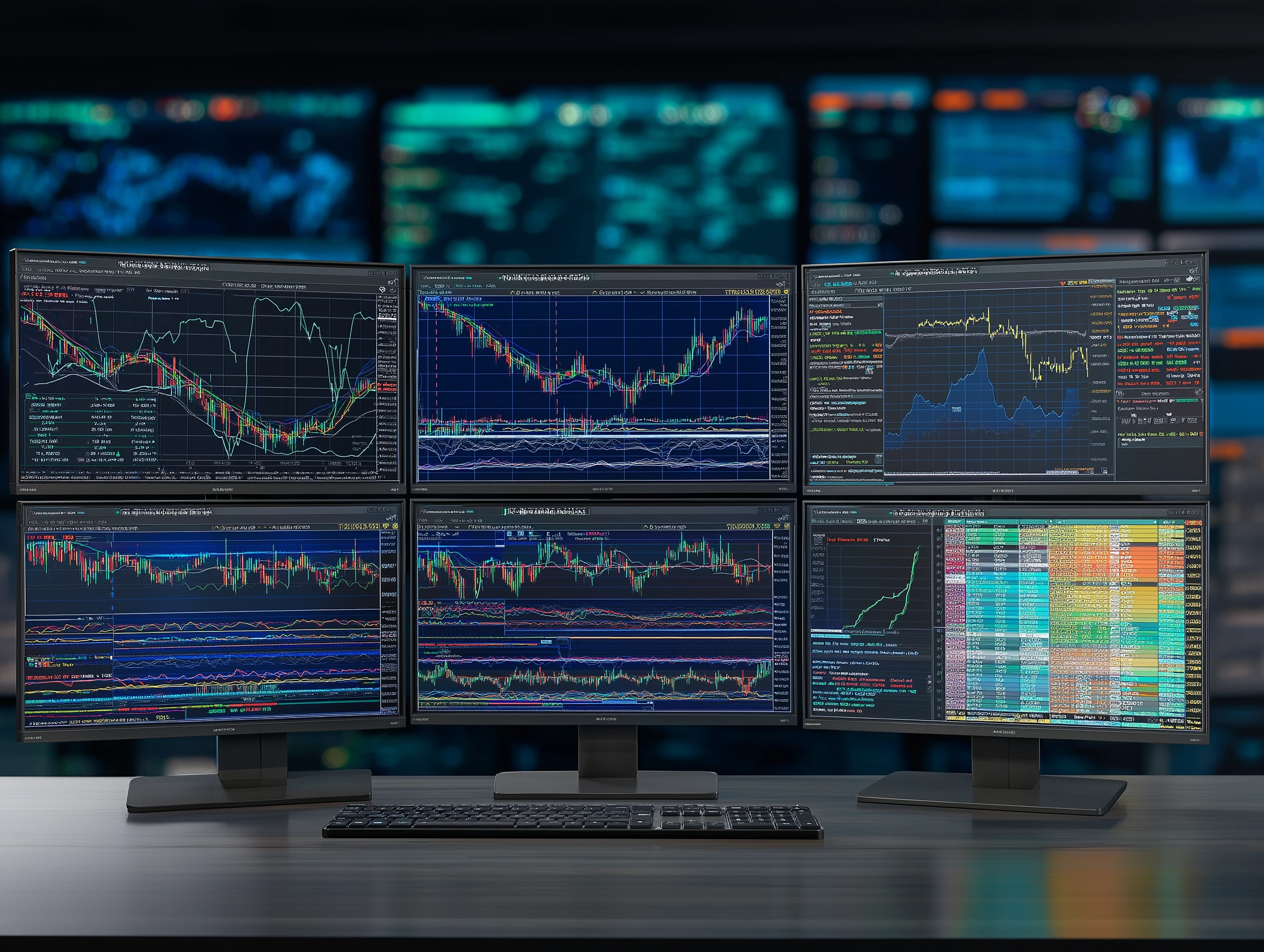
Never trade single indicators. I learned this lesson the expensive way during a particularly brutal EUR/USD breakout that looked perfect on Pivot Points but completely ignored RSI divergence.
RSI divergence at support creates monster setups. When EUR/USD tests 1.0800 support while RSI shows higher lows, you’ve got confirmation that buying pressure is building despite price weakness.
Moving average confluence multiplies signal strength. The 200-period MA at 1.0805 combined with 1.0800 horizontal support creates a narrow 5-pip zone where automated futures trading strategies trigger systematic entries.
Power Combinations That Work:
- Fibonacci + Volume Profile = High-probability retracement zones
- Pivot Points + RSI = Overbought/oversold confirmation at key levels
- Support/Resistance + Bollinger Bands = Volatility-adjusted entries
Platform Reality Check
TradingView dominates for analysis with community scripts and Pine Script customization. The platform’s Fibonacci tools are incredibly precise, and social features help spot levels other traders are watching.
MetaTrader 4/5 excel for execution with built-in Pivot Points and Expert Advisor automation. The platforms run best intraday strategy setups flawlessly once you nail the setup parameters.
Professional traders often split duties: TradingView for analysis, MT4 for execution. This combination maximizes each platform’s strengths while covering their weaknesses.
VPS Reality: Speed Actually Matters
Execution speed isn’t marketing hype – it’s survival during breakout scenarios. A 50-millisecond delay can mean entering resistance breakdown at 1.0851 instead of 1.0849, completely changing your risk profile.
During high-impact news events, retail connections often lag while institutional traders get filled instantly. A Forex VPS eliminates connection issues and reduces latency to professional levels.
When EUR/USD breaks 1.0850 resistance on NFP news, the best support and resistance indicator becomes worthless without proper execution infrastructure. Your analysis might be perfect, but slow fills kill profits.
Get a Bitcoin VPS, which lets you pay for your virtual server with Bitcoin and other major cryptocurrencies. Flexible, Secure Payment
Flexible, Secure Payment
Choosing Your Weapon (Decision Framework)
For Day Trading: Pivot Points + RSI divergence on 5-15 minute charts For Swing Trading: Fibonacci retracements + Volume Profile on daily charts
For Position Trading: Weekly/monthly support resistance + moving average confluence
The best support and resistance indicator ultimately depends on your trading timeframe and risk tolerance. Day traders need mathematical precision, while position traders require institutional-level accuracy.
Important Reality Checks:
- No indicator works in all market conditions – trending vs ranging markets need different approaches
- Combine multiple confirmations – single indicators generate false signals constantly
- Daily/weekly levels carry more weight than 1-minute chart lines
- Think in zones, not exact prices – support rarely holds at precise numbers
- Free tools often outperform expensive indicators when used correctly
Success comes from understanding that the best support and resistance indicator changes based on market conditions, timeframe, and trading style. Master the fundamentals before chasing complex systems.
Conclusion
The brutal truth? There’s no single best support and resistance indicator that works everywhere. Pivot Points and Fibonacci retracements consistently rank among top performers because they combine mathematical precision with widespread adoption. But success comes from smart combinations, not magical indicators.
